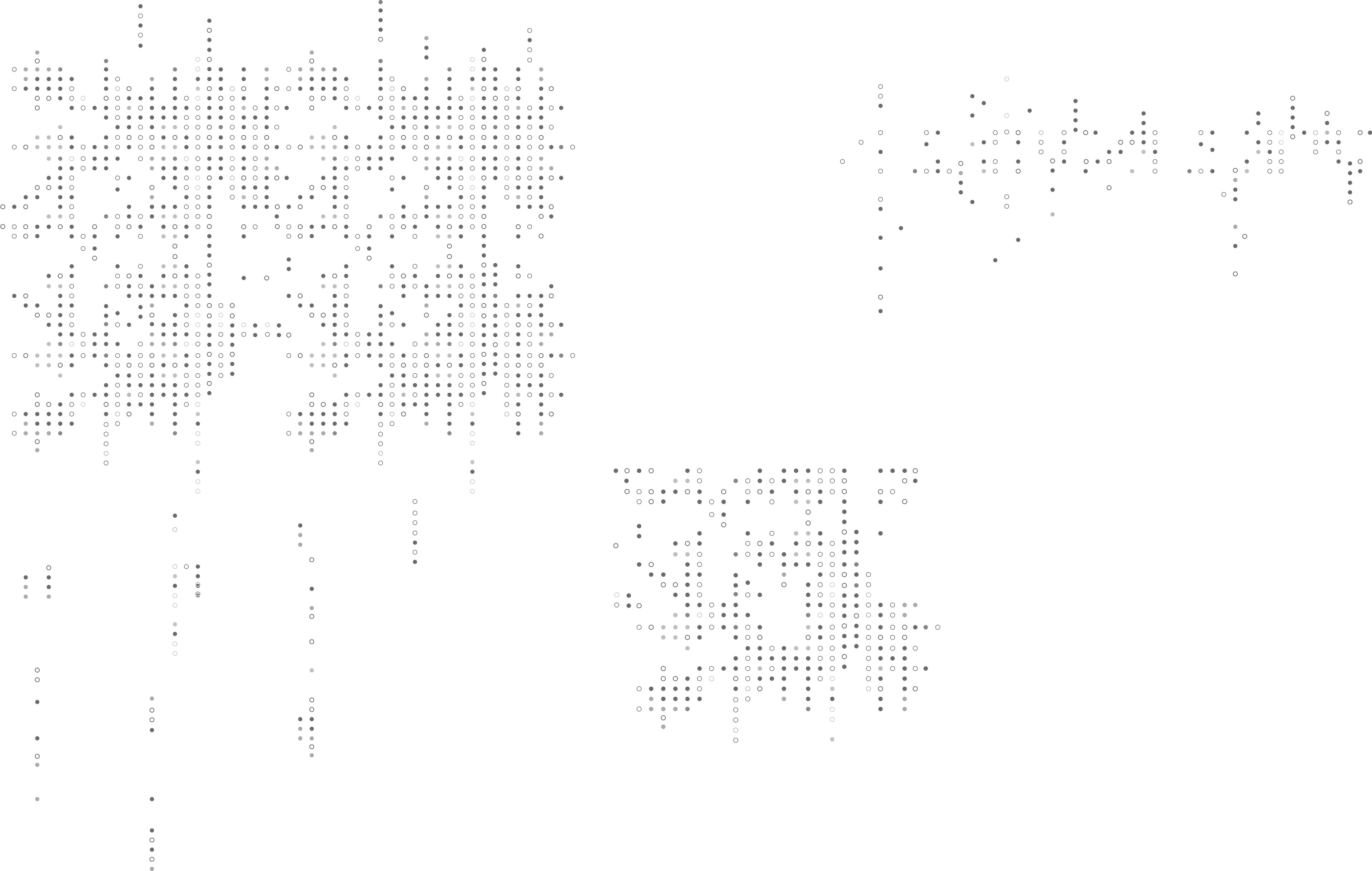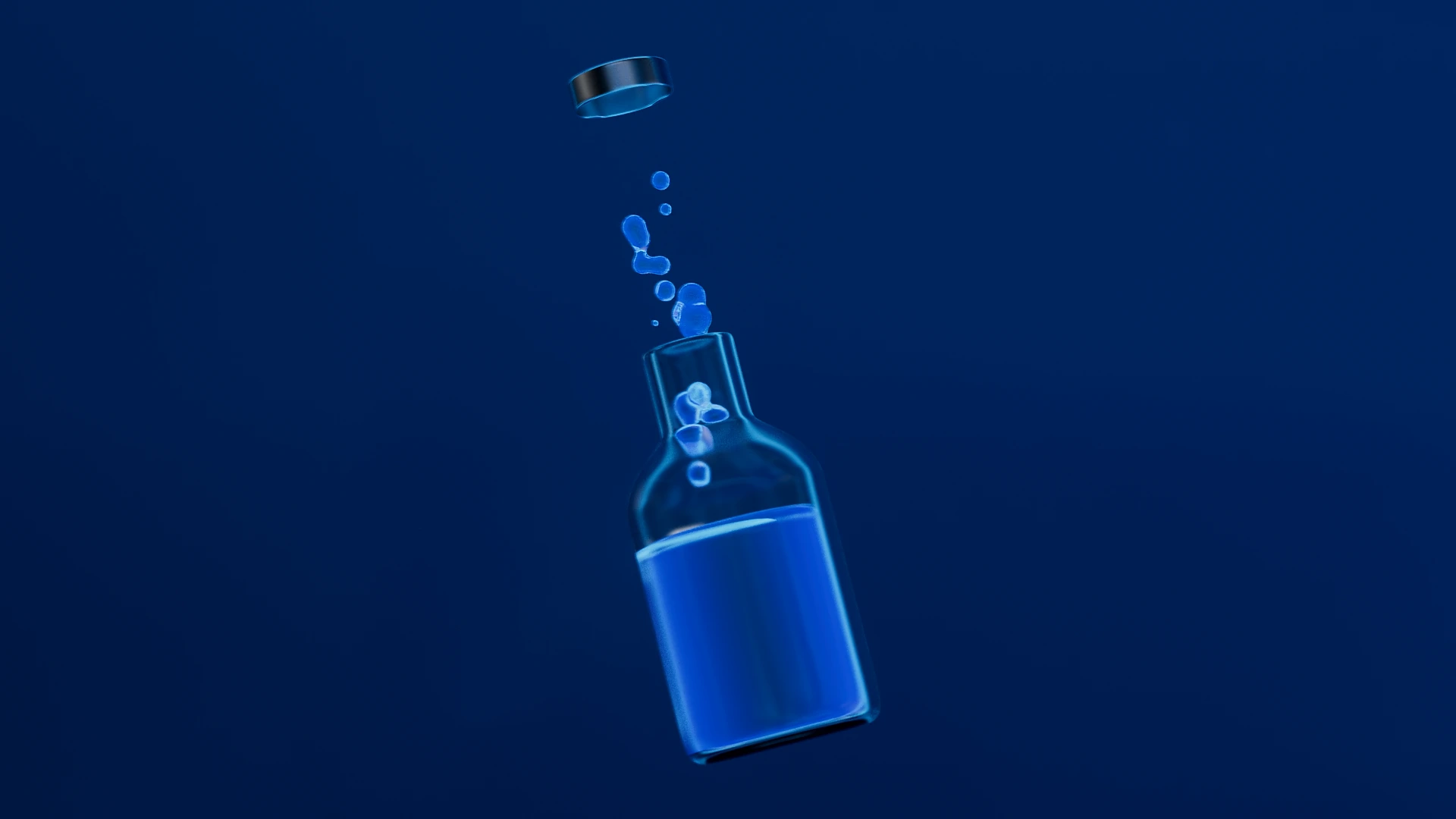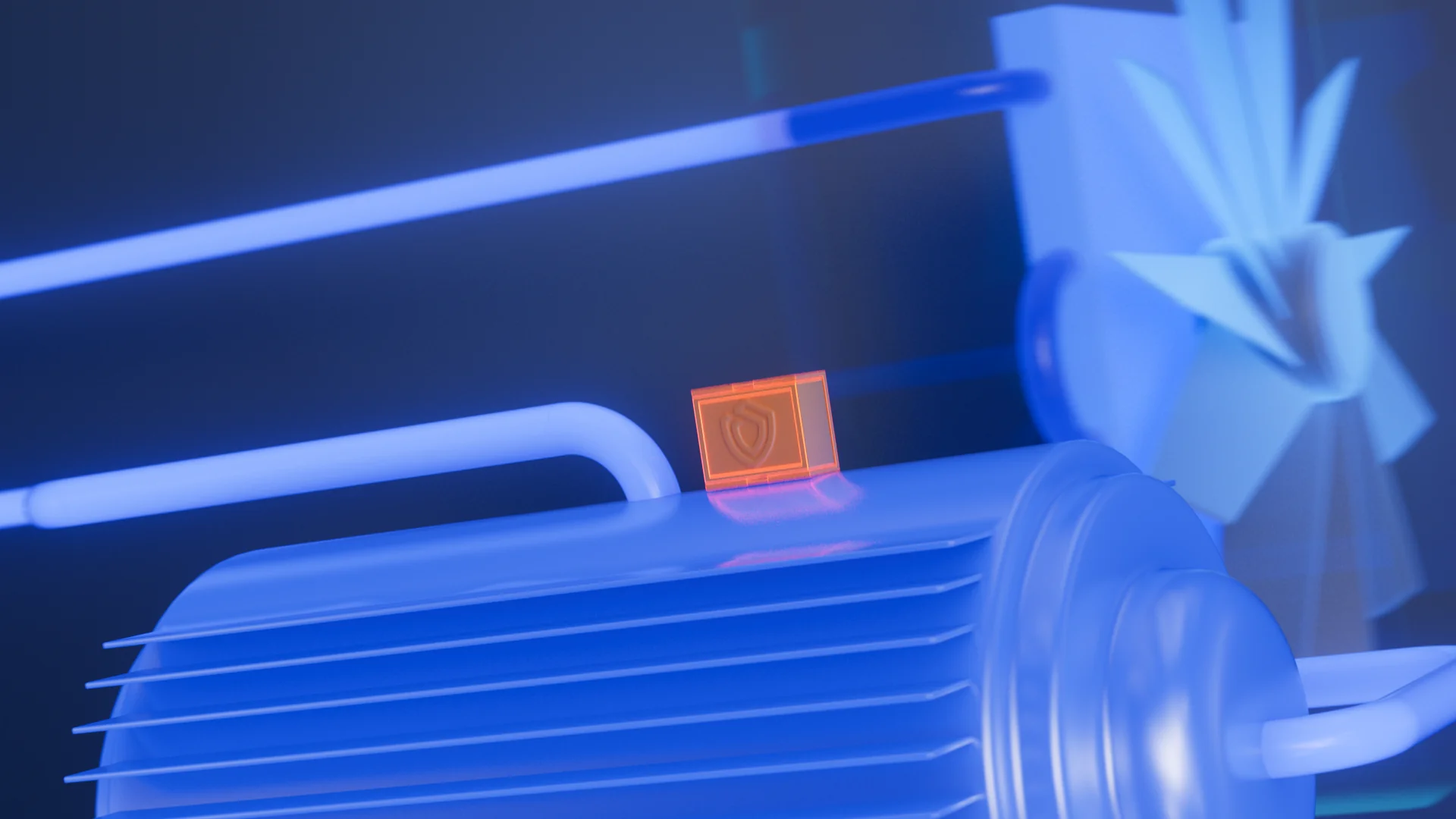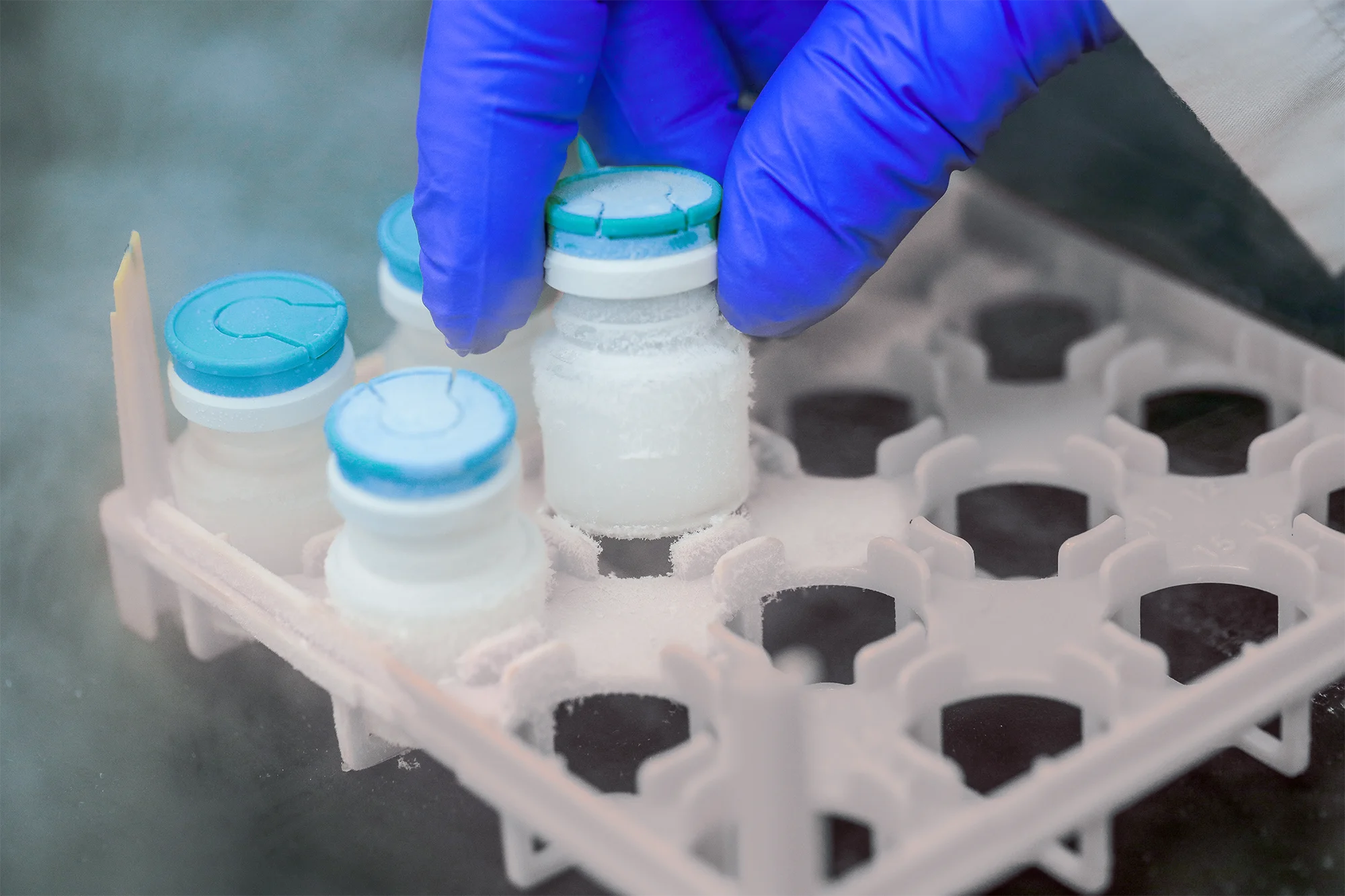Chamber Failures Are Detectable Before They Happen
Chamber Failures Are Detectable Before They Happen


Ask any facilities engineer at a pharmaceutical company about their biggest challenge on the job, and the answer is always equipment failure. However, most engineers will also say that equipment failure just comes with the territory.
Until recently, the best way for life sciences companies to avoid equipment failure was preventive maintenance and redundancy. The difficulty with preventive maintenance is that it doesn’t account for problems that arise in between scheduled maintenance. Those problems often trigger a chain of reactions, forcing maintenance teams to react quickly and rely on redundant systems while the issue is fixed.
Operating in the reactive instead of proactive is generally more stressful no matter what industry. Factor in the high-stakes nature of the life sciences industry, and it can be panic-inducing. If a team is regularly fixing failures, it’s highly likely that timelines are regularly extended, the staff is stretched thin, and operations are inefficient. Not to mention, the costs incurred in fixing failures can be extensive.
Despite these perceived and realized costs, life sciences companies have just assumed equipment failures are bound to happen like the sun is bound to set. However, the advent of predictive technology is ushering in a new age of equipment maintenance where failures are caught ahead of time.
Predictive monitoring is changing chamber maintenance
Predictive monitoring technology uses the power of artificial intelligence to alert maintenance teams to potential issues in high-value storage chambers. Strategically placed sensors capture data in the refrigeration equipment, and the predictive monitoring system analyzes the trends to help identify anomalies. Maintenance teams can then take action before the issue leads to inevitable chamber failure. With predictive monitoring, life sciences companies can avoid the previously unavoidable.
If finding failures before they happen and avoiding the previously unavoidable seems implausible, if not impossible, read on. The following four case studies offer proof of concept that predictive monitoring is more than possible; it’s where the life sciences industry needs to be.
Example 1: Catastrophic Refrigerant Leak Detected Hours Before Temperature Changes in -75°C Ultra-Low Freezer
In this first example, predictive monitoring recognized an issue in a -75°C ultra-low freezer hours before the freezer temperature changed. This freezer experienced a catastrophic refrigerant leak due to a poorly braised joint bursting. As soon as the joint burst, refrigerant started to leak quickly from the system. A preventive maintenance program would’ve never caught this issue, making it an excellent example of an actual catastrophic event that would have zero warning normally.
The predictive monitoring system detected something wrong at roughly 8 PM (orange, black and blue trends). In contrast, the failure became apparent in the chamber at 4:15 AM the next day (the royal blue trend on the bottom).

Example 2: Hot Gas Solenoid Valve Malfunction Found a Full Day Before Chamber Temperature Change
In this next example, a hot gas solenoid valve became fully open, circulating hot gas through the compressor. Discharge temperatures (light blue on the chart) were almost double normal operational values and over four times hotter than normal rest period temperatures. In addition, the suction temperatures also ran hot, as seen in red on the chart. Despite these serious malfunctions, the chamber temperature didn’t change. The redundant system kicked in simultaneously with the malfunction, and shortly after, the valve became unstuck.
One day later, the problem system began running again. The valve got stuck again, but the redundant system wasn't slated to come on. As a result, the chamber temperature exceeded specification and entered a failure state, as seen in purple.
This example proves that warnings of failure are always present; in this case, it was a full day. Had the team known and heeded the warning, the valve could have been maintained or replaced. Or, at the very least, the staff could’ve watched the performance closely to avoid sending the chamber into a failure state.


Example 3: Liquid Line Solenoid Valve Malfunction Identified One Week Before Chamber Failure
In some instances of chamber failure, signs of equipment malfunction could be detected up to a week early, as was the case in the next example. In this example, a chamber experienced a liquid line solenoid valve malfunction. In the early morning of November 10th, the valve closed, as seen in black on the chart. This closure caused the other liquid line solenoid valve to short-cycle and run colder than optimal, as seen in purple.
Since one of the solenoid valves was closed, the compressor began running hotter than ideal, increasing strain on the overall system. However, the system maintained the chamber temperature because the functioning solenoid valve was working in overdrive.
Four days later, one of the liquid line solenoids struggled to open, but the system did not experience a long-lasting malfunction. In the late evening of November 15th, the liquid line solenoid failed entirely upon system startup. The entire refrigeration system struggled to maintain temperature, which ultimately sent the chamber into failure and forced the redundant system to be activated.
None of these failures would’ve been caught with preventive maintenance, but predictive monitoring easily detected them. The maintenance team would’ve had a whole week to take action and avoid activating the redundant system.


Example 4: Electronic Expansion Valve Failure Spotted Months Before Chamber Failure
In some cases, predictive monitoring can afford a maintenance team months of advance warning of chamber failure. In this example, a -40°C walk-in freezer experienced a struggling electronic expansion valve. The malfunction barely affected the temperature in the freezer, so the maintenance team had no reason to be concerned.
Yet, in the background, the malfunction caused the system to run harder, which increased wear and tear and severely compromised the chamber's longevity. In this situation, chamber failure is not a matter of “if” but “when.” Yet, traditional monitoring would’ve never caught this malfunction. With predictive monitoring protecting this chamber, the maintenance team can swap out the struggling valve before the rest of the equipment suffers.

Conclusion
For a long time, the life sciences industry has accepted chamber failure as an inevitable part of doing business. Facilities teams have leaned on preventive maintenance to nip issues in the bud and relied on redundancies to pick up the slack when malfunctions are missed. These practices still leave room for grave error. In an industry that focuses on saving lives, it’s hard to believe such errors are tolerated.
It’s time the narrative changes. Chamber failure should be a thing of the past, and the way to do that is through predictive monitoring technology. The above case studies prove that, as long as you have the right predictive technology, malfunctions can be caught early and rectified before they lead to chamber failure. Smart companies are implementing predictive technology because they understand that early warnings predict success.
When maintenance teams catch chamber malfunctions early, the whole company feels the impact. Facilities engineers can be more efficient, managers can stress less, and the company can focus on its mission—bringing medicine to sick people worldwide.
Predictive technology is where GMP needs to be, and Predictive Monitor LLC is leading the charge.
Predictive Monitor's mission is to improve patient lives by protecting life-saving products. Our technology maximizes equipment uptime by moving life-sciences companies from scheduled, reactive maintenance to condition-based, predictive maintenance.
Company names have been non-disclosed for privacy.
See OverShield in Action
Outcomes

Conclusion
Product Gallery






.svg)

















